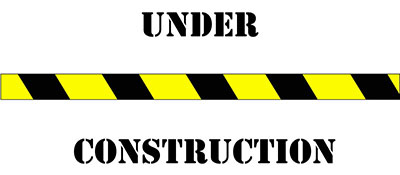What is an Arcology?
According to Wikipedia, an arcology is a self-contained, densely populated human habitation. Arcology, a blending of the words “architecture” and “ecology”, is a field of creating architectural design principles for very densely populated and ecologically low-impact human habitats.
The term was coined in 1969 by architect Paolo Soleri, who believed that a completed arcology would provide space for a variety of residential, commercial, and agricultural facilities while minimizing individual human environmental impact. These structures have been largely hypothetical, as no arcology, even one envisioned by Soleri himself, has yet been built.
The concept has been popularized by various science fiction writers. Larry Niven and Jerry Pournelle provided a detailed description of an arcology in their 1981 novel “Oath of Fealty”. William Gibson mainstreamed the term in his seminal 1984 cyberpunk novel “Neuromancer”, where each corporation has its own self-contained city known as arcologies. More recently, authors such as Peter Hamilton in “Neutronium Alchemist” and Paolo Bacigalupi in “The Water Knife explicitly used arcologies as part of their scenarios. They are often portrayed as self-contained or economically self-sufficient.
An arcology is distinguished from a merely large building in that it is designed to lessen the impact of human habitation on any given ecosystem. It could be self-sustainable, employing all or most of its own available resources for a comfortable life: power, climate control, food production, air and water conservation and purification, sewage treatment, etc. An arcology is designed to make it possible to supply those items for a large population. An arcology would supply and maintain its own municipal or urban infrastructures in order to operate and connect with other urban environments apart from its own.
Arcology was proposed to reduce human impact on natural resources. Arcology designs might apply conventional building and civil engineering techniques in very large but practical projects in order to achieve pedestrian economies of scale that have proven, post-automobile, to be difficult to achieve in other ways.




















